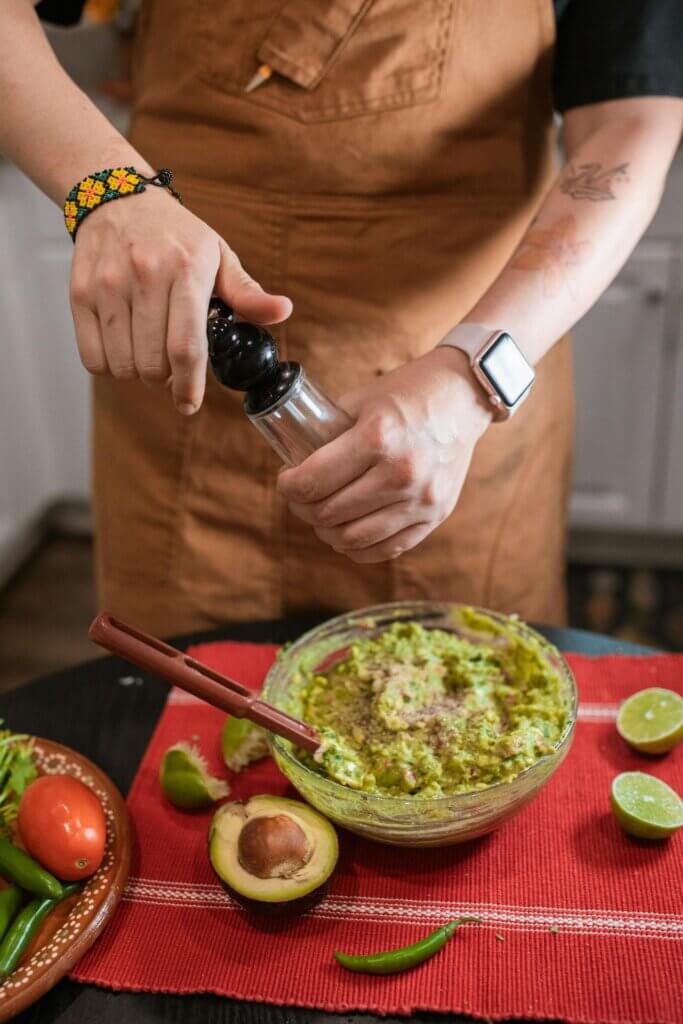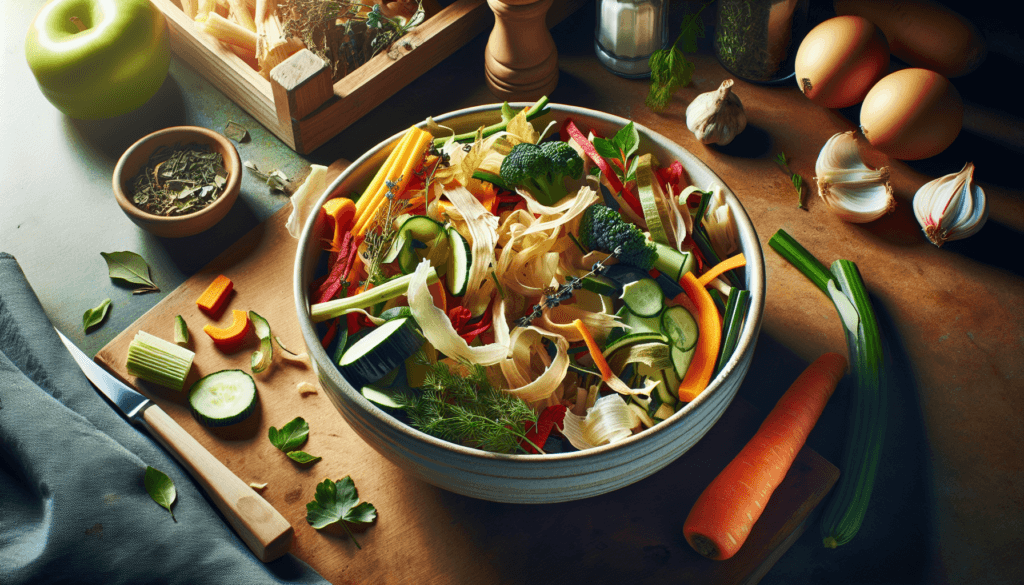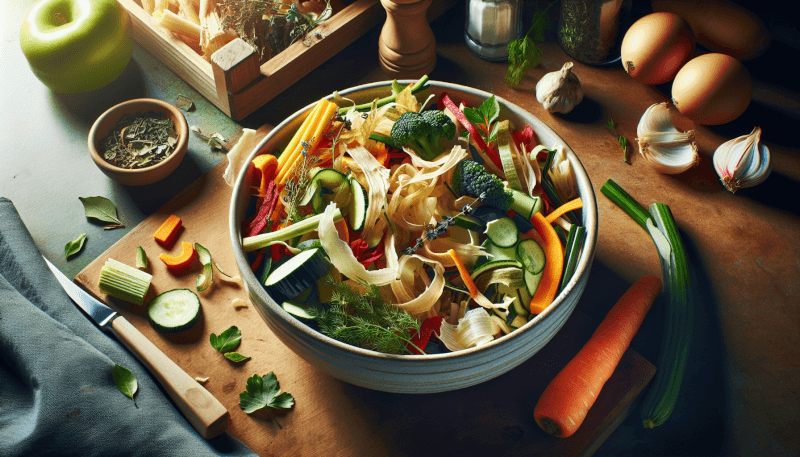Do you ever find yourself throwing out vegetable peels and leftover herb stems without much thought? Well, it turns out that those seemingly worthless kitchen scraps can actually become the key ingredients to a flavorful and nutrient-rich homemade stock. Instead of wasting money on store-bought broth, why not learn how to turn your kitchen scraps into a delicious base for soups, stews, and sauces? In this article, we will guide you through the surprisingly simple process of creating homemade stock from ingredients that you would normally discard. By utilizing what you already have in your kitchen, you can reduce waste, save money, and elevate the taste of your dishes to a whole new level.

Choosing Scraps for Stock
When it comes to making homemade stock, the first step is choosing the right scraps. Both vegetable and meat scraps can be used to create a flavorful and hearty stock. Let’s explore the different types of scraps you can use.
Vegetable Scraps
Vegetable scraps are a fantastic way to reduce food waste while adding depth and flavor to your stock. Save carrot tops, onion peels, celery leaves, and any other vegetable trimmings you have. These scraps may not look appetizing, but they are packed with nutrients and flavor, making them perfect for stock.
Meat and Poultry Scraps
Meat and poultry scraps are ideal for those looking to create rich and meaty stocks. Save those carcasses from roast chickens or leftover bones from a steak dinner. These scraps will infuse your stock with a savory taste that is hard to beat.
Fish and Seafood Scraps
The bones and heads of fish, shrimp shells, and other seafood scraps can be transformed into a fragrant and flavorful fish stock. Don’t let these bits go to waste! The remnants of your seafood feast can create a delicious base for soups, stews, and risottos.

Preparing Your Scraps
Once you have gathered your scraps, it’s time to prepare them for stock-making. Proper cleaning, washing, and cutting are essential to ensure that your stock turns out delicious and free of any impurities.
Cleaning and Washing
Before using your scraps, it’s crucial to clean and wash them thoroughly. This step removes any dirt or impurities that may be present. Rinse your vegetable scraps with water, and wash meat and poultry scraps under cold running water. Taking these simple steps will ensure the cleanliness and safety of your homemade stock.
Cutting and Chopping
To extract the most flavor from your scraps, it’s important to cut them into smaller pieces. This allows the flavors to release more easily during the simmering process. Chop your vegetable scraps into manageable sizes, and for meat and poultry scraps, break them down into smaller pieces. This step will contribute to a more flavorful and well-rounded stock.
Storing Scraps for Stock
If you aren’t quite ready to make stock immediately after collecting your scraps, don’t worry! You can store them in the refrigerator or freezer until you are ready. For refrigerator storage, place your scraps in an airtight container or sealable bag. If you are freezing them, make sure to properly label and date the container. When properly stored, your scraps can last for a few days in the refrigerator or up to several months in the freezer.

Basic Stock Ingredients
While scraps are the main component of homemade stock, there are a few basic ingredients that are essential to enhance the flavor and depth of your stock. Let’s take a look at these key ingredients.
Water
Water is the foundation for any stock. It serves as a blank canvas, allowing the flavors of your scraps to shine through. Make sure to use filtered or distilled water to ensure the purest taste in your stock.
Onions
Onions are an essential ingredient in stock-making. They add a subtle sweetness and depth to the flavor profile. Yellow onions are typically the most commonly used variety, but you can experiment with red or white onions for slightly different flavor profiles.
Carrots
Carrots are an excellent addition to stock due to their natural sweetness. They provide a subtle earthiness and bright orange color to your stock. Don’t forget to save those carrot tops as well, as they can be used alongside the scraps for an added burst of flavor.
Celery
Celery adds a refreshing and distinctive taste to homemade stock. Its mild and slightly herbal flavor complements the other ingredients, creating a well-rounded and balanced stock. Don’t forget to use the leaves as well, as they contribute to the overall flavor profile.
Garlic
Garlic brings a pungent aroma and savory taste to your stock. It adds depth and complexity, making your stock more robust and flavorful. Use whole cloves or minced garlic, depending on your preference.
Herbs and Spices
To elevate the flavors of your stock, herbs and spices are essential. Bay leaves, thyme, parsley, and black peppercorns are commonly used in stock recipes. These aromatic ingredients add a burst of freshness and complexity, resulting in a delicious homemade stock.

Vegetable Stock Recipe
Now that we have covered the basics, let’s explore a simple vegetable stock recipe that you can easily make at home.



